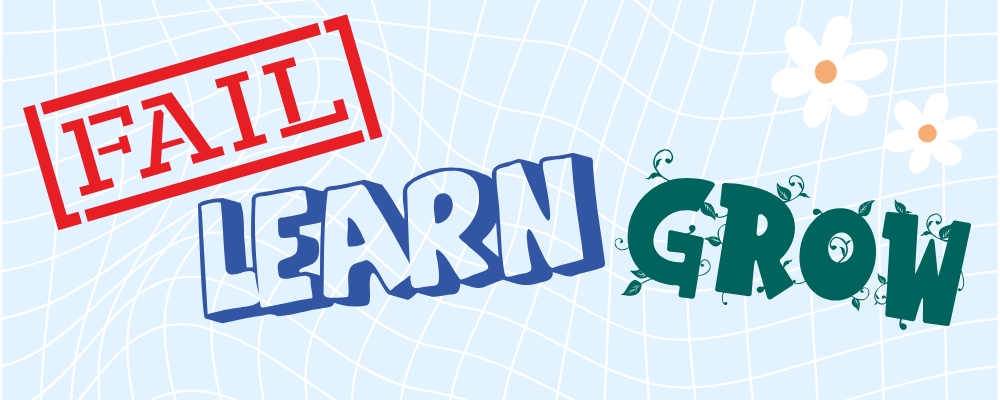The 3 Cs of Organizational Change
RAFT Team, January 17, 2022
Change at its heart is about shifting an established process. By definition, it sounds easy, but most humans are averse to change, so implementation takes a certain finesse. Especially if you want to make life better for those affected by the change. This is why we laud great leaders — they understand the impact of their decision before, during, and after any change. But more importantly, they understand and believe in the “why” of the change. Let’s look at 3 key components that make organizational change not just possible, but effective and long-lasting.
Communication
When considering a change in your organization, start with the why, but don’t lose sight of the what. Why is this change necessary? What will it take to make the change, and what will it accomplish once it’s done? Then begin the communication process with all your stakeholders: your board members, executive leadership, employees, and clients.
Key in the communication process is to remember that it’s not a one-way street. Communication also involves listening. Gather your people. Ask questions. Where are the pain points? Will this change remedy them all? How does this change affect people in the company and in the community?
Consistent
Make sure your communication is consistent. In other words, don’t just share when the news is good. Be transparent, and keep everyone updated at promised intervals as you explore and implement change.
Clear
Don’t sugarcoat. Don’t be overly enthusiastic. Be clear in what’s going, when things will happen, and the expected result. Be clear even if things aren’t going according to plan. Especially if things aren’t going according to plan.
Compassion
Last, remember that each person involved in the process is human, has strengths, weaknesses, challenges and talents they bring to the table. Empathy goes a long way towards building trust, and keeping them beside you through thick and thin. Remember that leaders who serve succeed.
Collaboration
You’re probably a great leader, but that doesn’t mean you have all the answers. When exploring options and implementing change, stay curious. Include a wide variety of people at all stages of change. Different roles, generations, experience, and perspective. This robust input will help you avoid pitfalls, but also encourage buy-in. It gives people the power to generate new ideas, take action, and move things in the right direction. Together. Because no one wants change to happen to them. They want to be part of that change.
Commitment
It’s a given that in order to change, you have to be willing to change. With great communication and collaboration, you’re well on your way to making it happen. But the last C of effective organizational change is the commitment to see it through to the end. To do this, you have to own your choices and hold yourself responsible for your organization’s performance. This investment takes resilience. It means making tough choices. Maybe you have to let people go. Maybe that program everyone wanted has to wait for another year or two.
And remember that the journey to change will probably take you places along the way you didn’t want to, or didn’t envision visiting. Commitment is what helps you from getting stuck in these places. It keeps you moving towards that desired end that is best for everyone in the organization.








